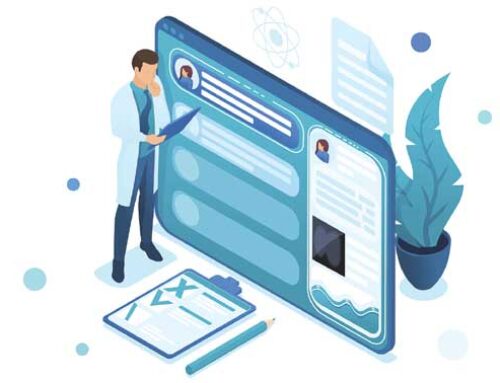
by Akemini “Kem” Isang, RN, JD
Ms. Isang is a Risk Manager at Professional Risk Management Services (PRMS).
Funding: No funding was provided for the preparation of this article.
Disclosures: The author is an employee of PRMS. PRMS manages a professional liability insurance program for psychiatrists.
Innov Clin Neurosci. 2024;21(1–3):66–67.
This ongoing column is dedicated to providing information to our readers on managing legal risks associated with medical practice. We invite questions from our readers. The answers are provided by PRMS (www.prms.com), a manager of medical professional liability insurance programs with services that include risk management consultation and other resources offered to health care providers to help improve patient outcomes and reduce professional liability risk. The answers published in this column represent those of only one risk management consulting company. Other risk management consulting companies or insurance carriers might provide different advice, and readers should take this into consideration. The information in this column does not constitute legal advice. For legal advice, contact your personal attorney. Note: The information and recommendations in this article are applicable to physicians and other healthcare professionals so “clinician” is used to indicate all treatment team members.
Myth
One of your patients is involved in a custody battle. The patient’s attorney has asked you to write a report and provide oral testimony at a custody hearing in support of the patient retaining custody of the children. Before agreeing, you ponder that this may be a boundary violation, but you decide it is not because boundary violations have to involve some kind of personal relationship (which is typically sexual) between the clinician and the patient.
Truth
Boundary violations can result from numerous types of “multiple” or “dual” relationships. Such relationships can occur anytime a clinician relates to patients in more than one relationship—in this case, as an expert witness—in addition to being in the treatment relationship.
Treating clinicians should avoid becoming involved in their patient’s legal matters, as it causes them to assume a dual role, one of forensic and treating clinician. Multiple roles bring with them the very real possibility, even the inevitability, of conflicting obligations (i.e., the patient’s clinical needs versus the patient’s other needs). Conflicting obligations increase the risk of clinical, ethical, and legal problems.
How to Mitigate Your Risk
- Avoid assuming multiple roles.
- Be wary when asked for opinions and predictions by third parties, such as:
- Patient’s employer;
- Disability insurance companies;
- Attorneys.
- Recommend to the patient that they see an independent medical examiner for an expert opinion.
- Remember that the patient’s treatment is your primary concern.
Risk Management Issues
Clinical concern. Once a clinician starts giving opinions for the purposes of employment or litigation, they have moved beyond the scope of “treating clinician” and into the role of “forensic” or even “expert witness.” Taking on the dual roles of treating clinician and forensic or expert witness could adversely affect the therapeutic relationship and objectivity as an expert. While it may be appropriate for the clinician as the treater to provide factual information in a report or testimony about the patient’s clinical needs, if the clinician’s assessments, recommendations, and opinions do not exactly match the litigation needs of the patient, they could be detrimental to the patient’s case, which could have serious implications for the therapeutic relationship. On the other hand, if the clinician tailors their assessments, recommendations, and opinions to the needs of the lawsuit, then their effectiveness as a treating clinician can be seriously compromised, if not destroyed, and they may even fall below the standard of care. In either situation, if the patient thinks they have been harmed by the clinician’s involvement, the patient may then have a cause of action against the clinician based in negligence (i.e., negligent treatment or negligent forensic evaluation).
Ethical concern. Clinician involvement in a patient’s legal matter risks potentially opening up the patient’s treatment information to scrutiny, thereby breaking confidentiality.
Clinician’s interest. A patient may have a cause of action based in negligence against a clinician if the patient believes they have been harmed by the clinician’s involvement in the patient’s legal matter.
Risk Management Advice
Clinicians should be wary when asked for opinions or predictions by third parties, such as the patient’s employers, disability insurance companies, and attorneys. The safest response is for the clinician to discuss the issue with the patient, explaining the limits of their role as the treater, outlining the potential conflicts, and reiterating that the patient’s treatment is the clinician’s primary concern. The clinician can advise the requesting parties that if they want an opinion or a prediction, then they should obtain an independent medical exam for that specific purpose. As a general rule, once you are the patient’s clinician, that is all you should be.





